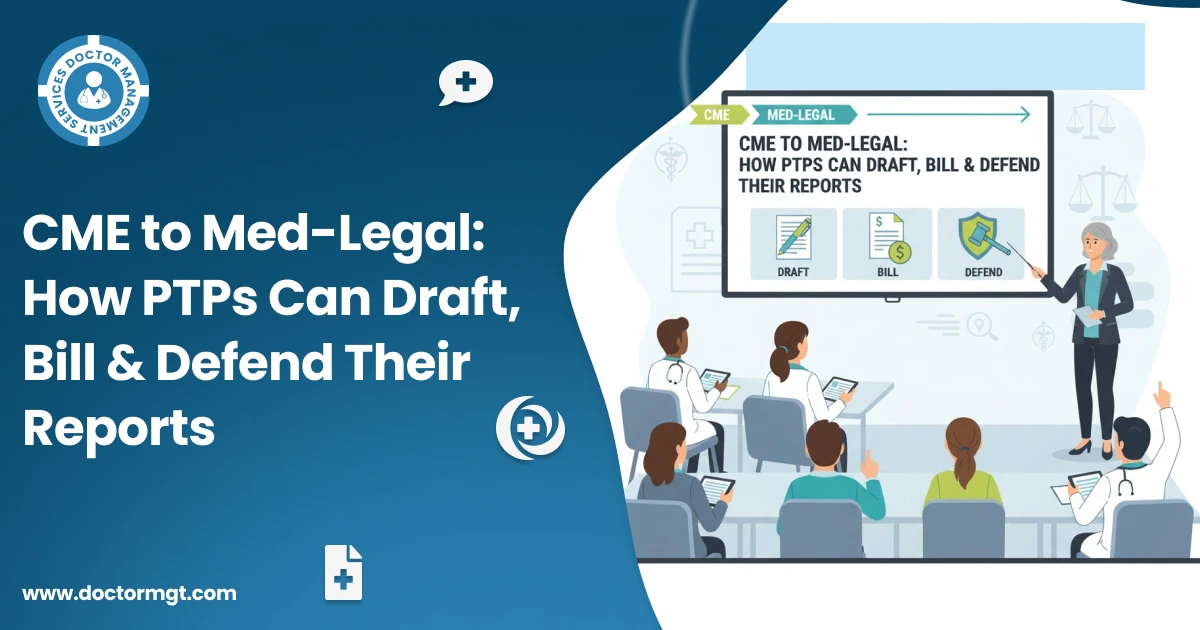Fatigue and weakness are the complaints that patients mainly report in clinical settings. However, not every case of fatigue and weakness is exactly the same. Some may suggest a mere chronic illness, but others may point to a more critical condition. It is important for healthcare providers to bill and document symptoms properly.
Patients with generalized weakness commonly use the ICD-10 code R53.1. If the code is used accurately, both clinical documentation and reimbursement will benefit. Knowing it well will help you give better care and stay within the law.
It is important to write the correct code when we meet the patients at home for healthcare, especially if the patients are elderly. For instance, the CPT code 99318 used in an annual nursing facility assessment can illustrate the documentation of R53.1 in the case of weakness. But first we have to discuss what R53.1 really is before looking at the procedure codes.
What Does R53.1 Represent?
R53.1 is the ICD-10 code for weakness. It falls under the broader category of “Malaise and fatigue,” which is coded as R53. This specific code refers to a more defined symptom—generalized weakness. Unlike fatigue (R53.83) or malaise (R53.81), this diagnosis captures cases where the patient reports loss of strength without a clearly identified medical cause.
This code is used when there is:
- No acute injury.
- No recent surgical procedure.
- No identified neurological or muscular disease causing the weakness.
Clinical Presentation of Weakness
Patients may describe their weakness in vague terms. “I feel tired,” or “I just don’t have any strength,” are common phrases. Often, weakness is confused with fatigue. But there is a clinical distinction. Fatigue is more about feeling exhausted or lacking energy, while weakness is a measurable reduction in muscle strength.
Patients with R53.1 symptom might:
- Struggle with walking or climbing stairs.
- Have trouble lifting objects.
- Experience slowed reflexes or poor grip strength.
Make sure your documentation reflects these distinctions. Use objective testing when possible. Muscle testing, reflex checks, and functional assessments help justify your use of R53.1 on the claim.
You may also encounter closely related ICD-10 codes such as:
- M62.81: Muscle weakness (generalized)
- G72.81: Critical illness myopathy
- R29.89: Other symptoms and signs involving the nervous and musculoskeletal systems
These may come into play once more specific causes are identified.
R53.1 in Differential Diagnosis
This code often serves as a starting point when a patient first presents with symptoms. It may eventually be replaced once the root cause is found. Here are some common conditions associated with generalized weakness:
- Electrolyte imbalance (e.g., E87.6: Hypokalemia or E87.1: Hyponatremia)
- Endocrine disorders, such as E03.9: Hypothyroidism or E27.40: Adrenal insufficiency
- Neurological conditions, like G35: Multiple sclerosis or G12.21: Amyotrophic lateral sclerosis (ALS)
- Infections, particularly in older adults, such as N39.0: Urinary tract infection or J18.9: Pneumonia
- Anemia, especially D64.9: Unspecified anemia
- Medication side effects, which may be documented with T88.7XXA: Unspecified adverse effect of drug
In many of these cases, R53.1 is used early in the diagnostic process. Once a more specific diagnosis is confirmed, the coding should be updated. Still, the initial use of R53.1 is necessary to reflect the patient’s true clinical state at the time of the visit.
Documentation Best Practices
Using R53.1 without strong documentation is a red flag for auditors. Since it’s a symptom code, payers want to see clear clinical rationale for why it was used and what workup followed.
Here’s how to make your notes bulletproof:
Onset and Duration: When did the patient start noticing weakness?
Severity: Is the weakness constant or does it vary?
Impact: What daily activities are affected?
Associated Symptoms: Any dizziness, numbness, shortness of breath?
Workup Plan: Labs, imaging, or referrals ordered.
Strong documentation also helps when coding visits under CPT code 99318, typically used for nursing home patients. Weakness is one of the most common complaints in this setting. If it’s not documented well, it can be dismissed as “nonspecific,” leading to billing issues. But when done right, it supports both the medical necessity and time spent on the evaluation.
Other relevant CPT codes you might use alongside R53.1 include:
- CPT 99214: Office/outpatient visit, established patient (moderate complexity)
- CPT 99406: Smoking and tobacco cessation counseling (if lifestyle-related fatigue is discussed)
- CPT 97110: Therapeutic exercises (if referred for physical therapy due to weakness)
Coding Tips for Primary Care and Specialists
While general practitioners frequently use this code, it’s just as relevant in specialty practices. For instance:
- Geriatricians may code R53.1 when evaluating frailty or risk of falls.
- Endocrinologists might use it when seeing patients with undiagnosed thyroid issues.
- Neurologists will often begin with R53.1 before pinpointing more specific neurodegenerative diseases.
- Hospitalists may code R53.1 when admitting elderly patients with nonspecific complaints that later lead to more precise diagnoses.
In every setting, it’s crucial to revisit the diagnosis as testing progresses. Don’t let R53.1 sit on the chart too long if there’s a clearer cause available. But don’t skip it either—it has value when used correctly.
Claim Denials and R53.1
Symptom codes like R53.2 are likely to result in claim denials if billed without a more definitive diagnosis. For example, if payers (Medicare or private insurers) think the coding does not justify medical necessity, they may deny claims.
Avoid this by
- Pairing R53.1 with diagnostic testing or short follow-up.
- Avoid using it across the board as a primary diagnosis on high-level E/M visits without an equally robust documentation level.
- Having a clear diagnosis and updating when the diagnosis is clearer.
Please review your payer policies thoroughly. Some payer policies have specific addenda or exceptions for symptom codes. Collaborate with your billing staff to ensure that they resolve these issues before sending the claim off.
Clinical Examples
For example, consider a scenario in which a 74-year-old patient in a long-term care facility reports weakness, dizziness, and malaise. On examination, vitals are stable, and gait is unsteady. Routine labs to assess for anemia and electrolyte abnormalities. In this case, R53.1 is completely appropriate. Assuming you are doing an annual review, CPT code 99318 is supported with appropriate documentation in the ICD-10 and CPT codes.
Or a 55-year-old with type 2 diabetes who presents with new leg weakness and has no past medical history. The physician orders nerve conduction studies and refers the patient to neurology. Again, R53. A diagnosis of 1 is a reasonable placeholder until subsequent results elucidate the problem.
Final Thoughts
Ambiguous as generalized weakness might sound, it is often the harbinger of a larger issue. The ICD-10 code R53.1 allows providers to document this key symptom without making assumptions. When done with a well-documented rationale and appropriate follow-up, it serves to protect both the patient and the provider.
As practices expand to include more complicated patients, correct coding is particularly important. This is why some clinics seek tailored assistance, like orthopedics billing services. Such services allow providers to steer clear of common mistakes, minimize denials, and enhance revenue cycles — particularly when coding for symptom-driven visits such as those associated with R53.1.
Correct coding is much more than a billing task; it’s part of good patient care. Because of a well-documented history, the entire process of care becomes fairly easy.





